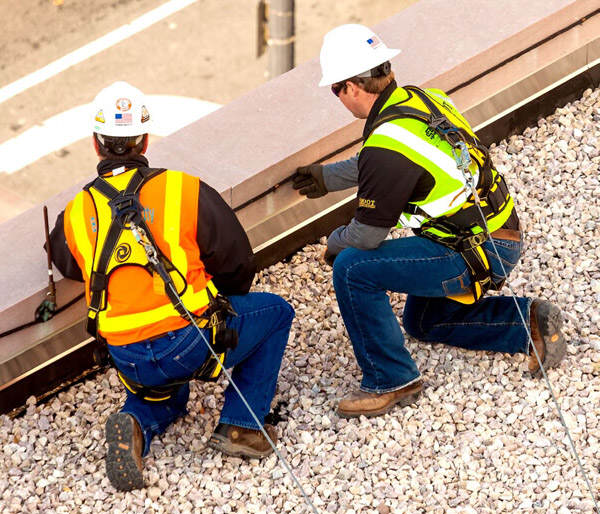Have you ever observed someone acting in an unsafe manner and immediately attributed their action to lack of motivation to perform safely? Research, including our own demonstrates that we tend to do exactly that more than 80% of the time, but when we personally act unsafely we attribute our decision to outside, situational forces rather than internal dispositional forces over 90% of the time. Attribution theories of motivation are explanations of how we attempt to understand our environment, including the behavior of others, and ourselves, by attributing/inferring causes to behavior that we observe. These theories are helpful in explaining how we attempt to understand performance, but the fact that we do attribute such causes to behavior is not really helpful in our personal understanding of motivation. In fact in many cases this tendency causes us to inaccurately infer cause and then react to the action of others incorrectly, i.e. commit the Fundamental Attribution Error. The attributional approach typically does not take into account many other potential causes of unsafe action including situational/contextual contributors. Competence theories of motivation, on the other hand are based on the premise that individuals want (are intrinsically motivated) to interact effectively with their environments. Psychological researchers such as Albert Bandura (Social Cognitive Theory, 2001) and Edward Deci and his associates (Self-Determination Theory, 2000) have helped us understand what really produces our motivation to perform in certain ways. They propose that we are trying to effectively engage our environments in ways that make sense given our current understanding of the components of that those environments. Interestingly, according to Self-Determination Theory we are seen as primarily intrinsically motivated to be simultaneously autonomous and competent and the more successful we are at both of these, the more intrinsically motivated we become.
So why is this important? How do these theories relate to motivating people to minimize risk and work more safely?
Simply attributing internal motivational causation (Attribution Theories) to unsafe performance creates the opportunity for execution of the Fundamental Attribution Error which is usually negative, often wrong and often leads to blame. Additionally, it doesn’t help us understand where the motivational state came from in the first place or how to control it. Viewing the individual as a complex entity who is actively attempting to understand and engage his environment (Competence Theories) would seem to be much more fruitful. If we “engineer” that environment (context) to increase intrinsic motivation we would have a greater opportunity of developing employees who are competent, take initiative and work more effectively together. Consider the following. What if we allowed participation (autonomy) in decision making about those aspects of context that are open to input? What if we explained the reasons for safety rules, limits, etc so that autonomy could be supported? What if we made sure that consequences for what turns out to be intentional rule breaking are clearly understood? The idea is to create a work context where people will adhere to safety rules and procedures, not because they are coerced to do so, but because they feel autonomous and competent in doing so; their reason for doing so is their own and they accept responsibility for doing so. They are intrinsically motivated to be safe. Not many people want to get hurt, so capitalizing on the intrinsic desire for safety would seem to make a lot of sense. Deci’s research (1995) demonstrates that the more controlled people feel (i.e., the less autonomous they feel) the more likely they are to engage in risky behavior. Isn’t it ironic that most safety programs attempt to control behavior when it is just the opposite that has been shown to motivate behaviors that lead to safety?






